
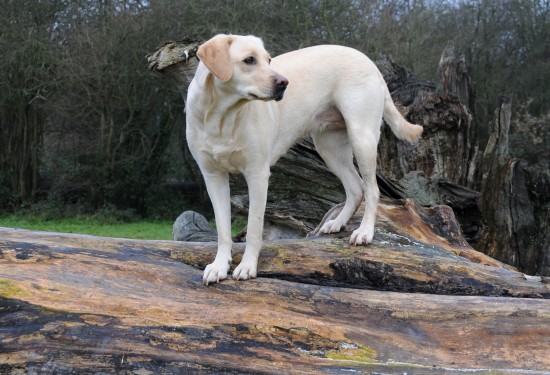
The cranial cruciate ligament (often referred to simply as the cruciate ligament) is an important ligament in the knee joint of dogs. It keeps the stifle stable while your dog is walking or placing weight on their legs, and keeps the bone of the shin in place and stops it from moving forwards relatively to the femur (thigh bone). Sometimes, the cranial cruciate ligament begins to degenerate, which weakens the ligament over time and eventually leads to a rupture.
The exact reasons for why the cruciate ligament weakens and ruptures in any given dog is not completely clear, and it is not generally due solely to vigorous exercise or activity as is usually the case with similar injuries in people. There is quite possibly a genetically inherited element to the development of the condition, as it is seen more in certain breeds than others, including the Rottweiler, Labrador Retriever, and Northern Inuit Dog. Across all breeds and types of dogs, cruciate ligament weakness or rupture is considered to be the most common cause of hind leg lameness in dogs, and is particularly common in large breeds and heavyset dogs. Generally the condition doesn’t begin to develop until dogs are over two years of age, although in some cases it can present itself at a younger age.
The noticeable symptoms of cranial cruciate ligament rupture in dogs can either appear suddenly, or develop gradually over time. When cruciate ligament rupture develops slowly over time, indications of the condition can include a progressive stiffness and lameness in one or both of the hind legs, difficulty jumping up or getting up from rest, and sometimes, a slight “clicking” noise from the area around the knee joints. Sometimes, the early development of cruciate ligament rupture may go unnoticed or be asymptomatic, leading to a sudden lameness and pain while walking or involved in exercise that can appear to have been caused by an impact or unknown accident. Dogs that suffer from a fast rupture after a period of degeneration may then have problems walking home, and show pronounced signs of pain and discomfort.
Veterinary examination will usually reveal loss of muscle tone and atrophy of the muscles around the front of the thigh, and thickening of the stifle. Manual manipulation of the joint may also reveal a palpable instability and looseness. Examination may need to be conducted under sedation, as cruciate ruptures are painful, and examination can exacerbate the pain.
X-ray examination will then be used to gather a fuller picture of the problem and the extent of any damage or atrophy of the muscle and ligament, in order to establish the best way to proceed.
In order to restore quality of life, movement and condition, surgical correction of the cruciate ligament rupture is the normal treatment protocol. There are four different surgery options to correct the condition:
This is the most common surgical treatment of cruciate ligament rupture, and involves using either an artificially constructed ligament or a graft to replace the damaged ligament. However, this treatment method may not prove appropriate for all dogs, particularly large breeds, as the long-term stability and suitability of the replacement cannot be guaranteed, and may degenerate over time.
This surgery changes the angle of the tibial plateau, and involves holding it in its new position with plates and screws. This surgery is particularly appropriate for younger dogs, and those that have both hind legs affected. Due to the nature of the surgery and recovery, exercise and activity must be severely curtailed and carefully managed in the weeks following surgery, to prevent strenuous activity from undoing the work of the surgery.
This option is usually performed on large and giant breed dogs, and involves moving the shinbone forwards and securing it in place with plates and screws. Again, exercise and activity must be kept to a minimum for several weeks following treatment, to allow time for the corrective repairs to heal and settle down. Hydrotherapy is often used as part of the recovery protocol, which is sometimes also the case in tibial plateau levelling osteotomy surgery as well.
Either traditional or keyhole surgery can be used to remove the damaged section of cartilage, in order to reduce pain and ease lameness. While exercise needs to be kept light and calm during recovery, the recovery time for cartilage surgery is usually shorter than for the other options.
The success rate of any treatment option for dogs suffering from cranial cruciate ligament rupture can vary greatly from case to case, and are affected not only by the surgery itself but by how recovery is handled in the aftermath. Osteoarthritis is a very common complication of cruciate ligament rupture, which can itself lead to pain and lameness that cannot be corrected fully, causing long term stiffness or lameness to some degree.
Even after successful treatment, dogs that have suffered from a cruciate ligament injury will need to be cared for with a mind to their condition for the remainder of their lives, in order to ensure that they are kept comfortable and pain-free, and that the repair or effects of the condition are managed for the long term.
 Behavioural Problems In Birds
Behavioural Problems In Birds
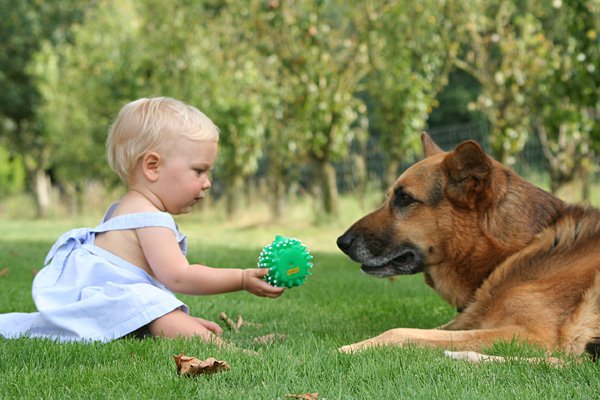 Own Lab Puppies As Pets For Their Spunky And Great Hunting Behavior
Own Lab Puppies As Pets For Their Spunky And Great Hunting Behavior
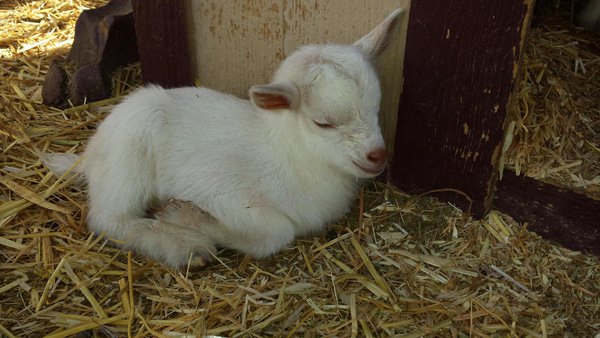 Are You Prepared In Case of a Vet Emergency? How to Shop for the Right Dog Health Insurance
Are You Prepared In Case of a Vet Emergency? How to Shop for the Right Dog Health Insurance
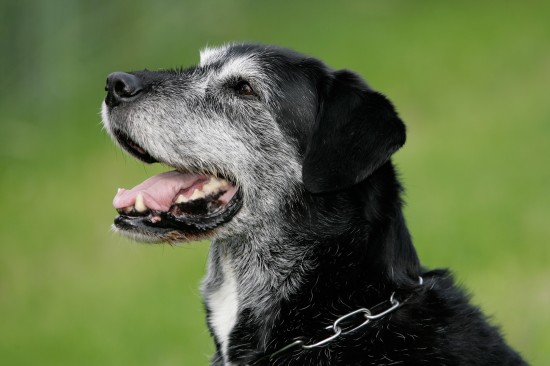 Can Older Dogs Get Parvo?
Can Older Dogs Get Parvo?
 An Exercise In Exercise Patient: Why The Dog Is Banned From Future Workouts
An Exercise In Exercise Patient: Why The Dog Is Banned From Future Workouts
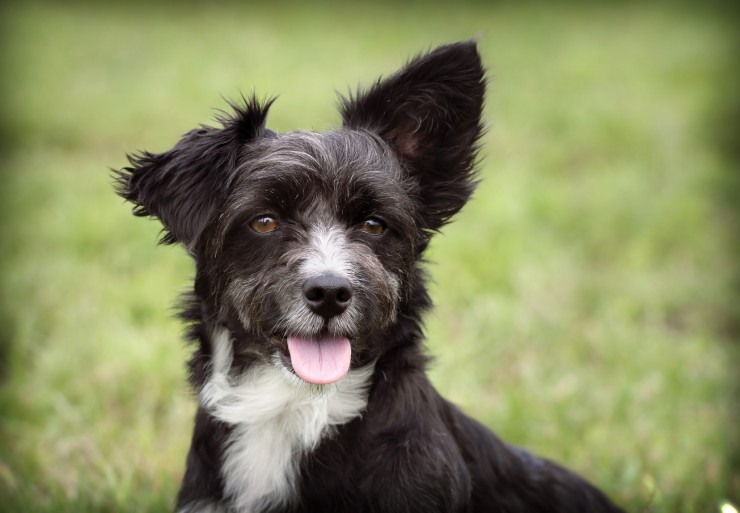 4 Brilliant Ways To Keep Your Dog Happy
4 Brilliant Ways To Keep Your Dog Happy
 Dealing With A Road Traffic Accident Involving A Dog
Dealing With A Ro
Dealing With A Road Traffic Accident Involving A Dog
Dealing With A Ro
 How To Keep Your Pregnant Cat Safe And Healthy
How To Keep Your
How To Keep Your Pregnant Cat Safe And Healthy
How To Keep Your
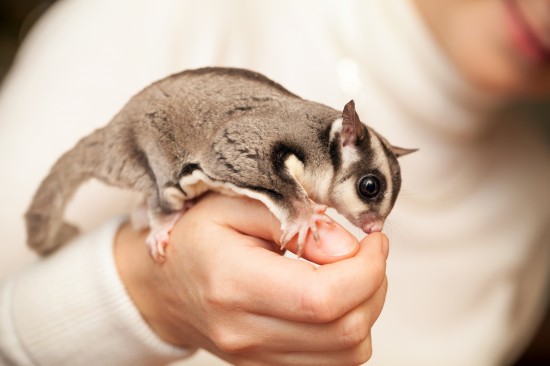 How To Create A Lovely Environment For Sugar Gliders
How To Create A L
How To Create A Lovely Environment For Sugar Gliders
How To Create A L
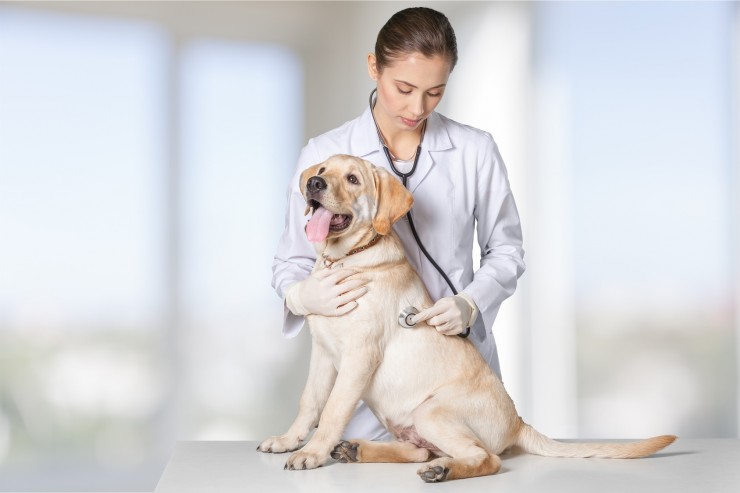 Dogs And Head Pressing - An Emergency Symptom You Shouldn’t Ignore
Dogs And Head Pre
Dogs And Head Pressing - An Emergency Symptom You Shouldn’t Ignore
Dogs And Head Pre
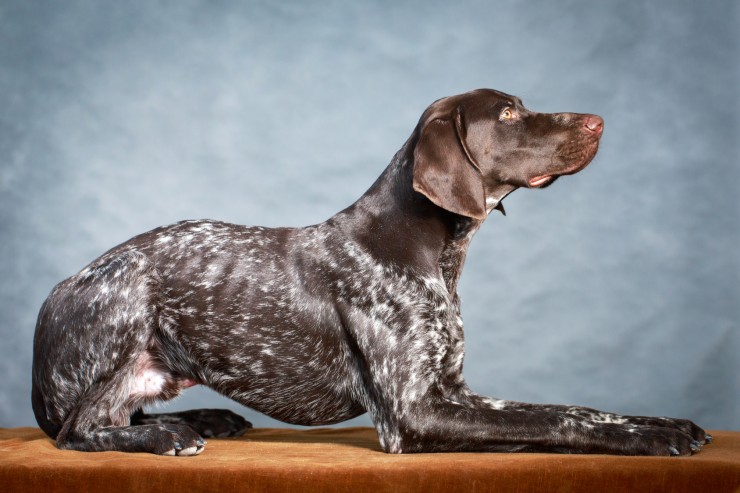 Canine Muscular Dystrophy And Affected Breeds
Canine Muscular D
Canine Muscular Dystrophy And Affected Breeds
Canine Muscular D
Copyright © 2005-2016 Pet Information All Rights Reserved
Contact us: www162date@outlook.com